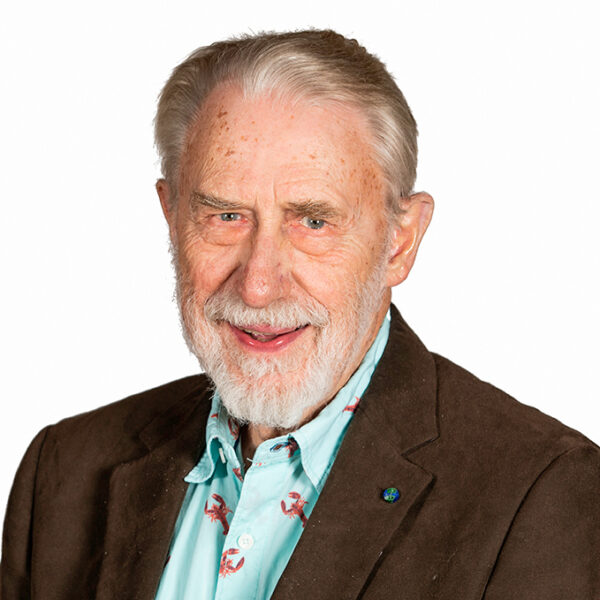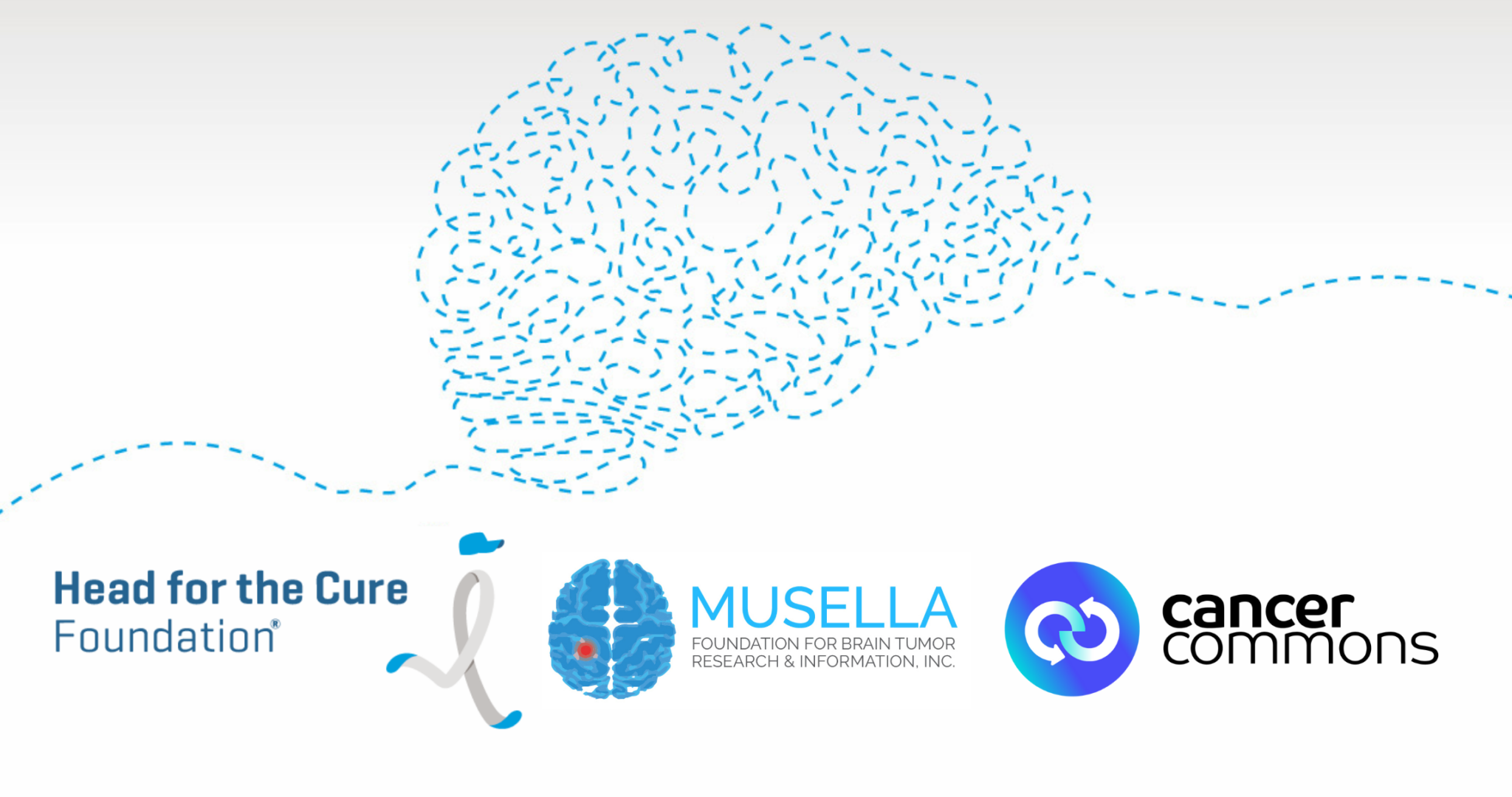People with cancer that affects their lungs may, at some point, need to go on mechanical ventilation to help them breathe. But once they no longer need ventilation, they may struggle to regain the ability to breathe on their own. After watching his son face this challenge, Doug Evans led development of a new treatment that is like a “personal trainer” to help rebuild breathing strength more rapidly. Here, our Curious Dr. George asks Doug, who is president and CEO of Lungpacer Medical, about this approach.
Curious Dr. George: Successful respiration is essential to sustain human life. Patients with potentially lethal pulmonary malignancies may require ventilatory assistance after surgical removal of substantial lung tissue, during pulmonary infections—especially if the patient is immunocompromised, or if the patient suffers from chemo- or radiation-induced lung damage. How might your Lungpacer diaphragm pacing therapy be helpful for patients with advanced cancer who are in need of mechanical ventilation?
Doug Evans: This question is very close to my heart given my personal experience with my son, Cameron, who required mechanical ventilation during his cancer battle.
Every year, 2.5 million Americans need mechanical ventilation—up to 40% die. Diaphragm atrophy is the main reason patients struggle to be weaned off mechanical ventilation and breathe independently. Ventilator-induced diaphragm dysfunction is a big unmet clinical issue.
Cancer patients on mechanical ventilation are dealing with an especially challenging situation. Whether they’ve just undergone surgery, are fighting severe infections with compromised immune systems, or are suffering from chemo- and radiation-induced lung damage, they’re already in a weakened state when they need ventilator support.
The problem these patients face is that, when they go on mechanical ventilation, they’re sedated to keep them calm and prevent them from fighting the machine. But this sedation stops the brain from telling the diaphragm muscle to work. The diaphragm is one of the two muscles in our body that’s constantly working, and when it’s rested for just a few days, it can lose about 50% of its mass. This makes it incredibly difficult for these patients to regain independent breathing again.
Our AeroPace system addresses this by taking control of the signaling from the brain down to the diaphragm muscle. We place a neurostimulation array in blood vessels very close to the nerves that control breathing, using a catheter-based platform that clinicians already know well and use every day. The system exercises the diaphragm muscle while the patient is sedated or sleeping. It’s like going to the gym twice a day to rebuild strength. This significantly reduces the time to wean or regain independent breathing.
Perhaps the most high-profile case of this phrenic nerve stimulation technology is Christopher Reeve, an actor who was paralyzed in a horse-riding accident in 1995. About eight years after the accident, he underwent an experimental surgery to implant electrodes in his diaphragm and help him breathe again without a mechanical ventilator. Now, more than 20 years later, the same phrenic nerve stimulation technology can finally help critically ill patients everywhere—but with no surgery required.
Unlike Reeve’s implant, Lungpacer is a minimally invasive therapy that is easily inserted at bedside and later readily removed when patients are ready to breathe on their own. This is vital because many critically ill patients can’t tolerate or survive a surgical procedure.
For cancer patients specifically, this can be life changing. Our clinical data show we can reduce the time patients spend on ventilators by three days compared to standard care. We can improve muscle strength by about 50%. Most importantly, we can reduce the risk of patients needing to go back on ventilation by 46%—this durability is critical for patients whose immune systems may already be compromised.
I really wish we had this technology available for my son, Cameron, to get him off the ventilator faster. He would have been in much healthier shape. While he ultimately did wean from the ventilator, he tragically passed away several weeks later, and I believe he suffered cumulative effects from prolonged ventilation.
Our mission is to spare other families from that experience. After 70 years without innovation in this space, we’re finally giving vulnerable patients, including those fighting cancer, a real chance at faster recovery and better outcomes when they need it most.
Mr. Evans can be reached at devans@lungpacer.com.




